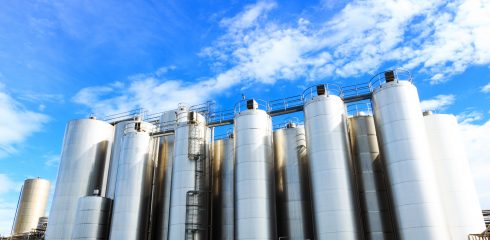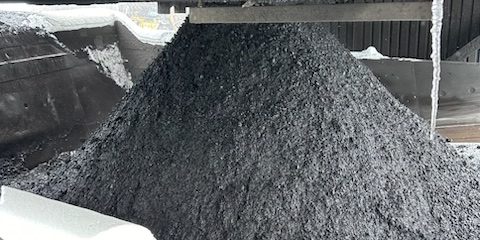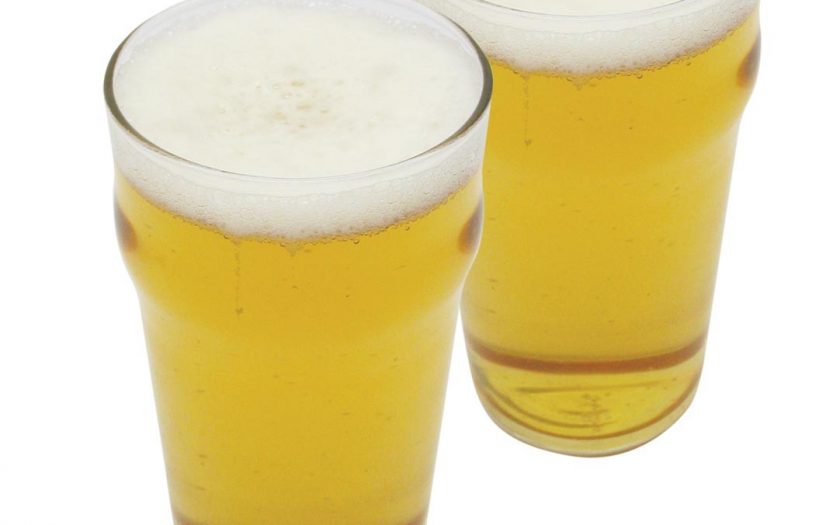
At Jenike & Johanson, our mission is to help clients with their bulk solids handling needs. As part of this, I also participate in teaching courses and representing our company at trade shows and exhibitions. While doing these, sometimes interesting situations occur.
I was once teaching a seminar on flow of bulk solids. As you might know, flow behavior of bulk solids depends on several parameters including its moisture content. To explain how moisture content can affect material flow, we often use example of beach sand. If you grab wet beach sand from where the waves wash up on shore, it is saturated with water or has a very high moisture content. If you try to squeeze this sand, it can come out from between your fingers – you cannot form good sand castles with this wet sand.
On the other hand, if you go too far away from the waterline where sand is very dry, it doesn’t have much strength either. Any shapes you make with this sand fall apart quickly. Somewhere in between, beach sand has the right moisture range to build strong sand castles. We say this sand is cohesive and has the ability to form stable obstructions. The point being, for many bulk solids, their maximum cohesive strength occurs not at very dry or near-saturated conditions, but at a moisture content somewhere in between.
So, I was going through this analogy in the seminar. One thing led to another, and before I knew the discussion turned into how seaweed deposits on beaches. Then, one person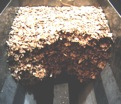 jokingly asked, “So, where does seaweed fit in your analogy?” Just when I was thinking of what to say, I realized the next slide in my presentation was about interlocking strength of bulk materials. Some materials like wood chips and corn stover have particles with long aspect ratios that tend to interlock with each other, and obstruct flow from a bin outlet. It is sometimes also called the nesting tendency of bulk material. This question actually made a good segue to the next topic!
jokingly asked, “So, where does seaweed fit in your analogy?” Just when I was thinking of what to say, I realized the next slide in my presentation was about interlocking strength of bulk materials. Some materials like wood chips and corn stover have particles with long aspect ratios that tend to interlock with each other, and obstruct flow from a bin outlet. It is sometimes also called the nesting tendency of bulk material. This question actually made a good segue to the next topic!
Another time, we were exhibiting at a show. We had a booth, and we had kept many of our giveaway mass flow/funnel flow models on the front table. {Click here for a [modal destination=”http://www.youtube.com/watch?v=qneDHMWeZ70″ link_text=”video demonstration of funnel and mass flow patterns” caption=”Jenike & Johanson engineer demonstrates funnel and mass flow patterns” media=”video”]}. These models are a great visual way to explain about the two main flow patterns that can occur where a bulk solid discharges from a hopper or a bin. For those who may not know, in [popover image=”/your-need/poor-flow/hopper-flow-pattern-funnel-flow-cohesive-material/” link_text=”funnel flow” title=” ” content=”Discharge pattern occurring in silo, bin, bunker, or hopper” direction=”right”], an active flow channel forms above the hopper outlet, with stagnant material at the periphery. As the level of material in the bin decreases, material from stagnant regions may or may not slide into the flowing channel, depending on the bulk solid’s cohesive strength.
When the bulk solid has sufficient cohesive strength, the stagnant material enables the formation  of a stable [popover image=”/your-need/poor-flow/hopper-flow-obstruction-ratholing/” link_text=”rathole” title=” ” content=”A costly no-flow problem” direction=”right”]. When a stable rathole forms, there will be no discharge from the bin outlet even though there is material in the bin. In [popover image=”/your-need/poor-flow/hopper-flow-pattern-mass-flow/” link_text=”mass flow” title=” ” content=”Discharge pattern occurring in silo, bin, bunker, or hopper” direction=”right”], all of the material is in motion whenever any is discharged from the hopper. Material from the center as well as the periphery moves toward the outlet in a first-in-first-out flow sequence. So, a couple of visitors were passing by our booth. One of them picked up a mass flow / funnel flow model, and started playing with it. He was still trying to figure out what it was, and thought it might be an egg timer. He asked, “So, how long before the eggs boil?” His friend knew what the model demonstrated. He looked at me and said, “That depends on which side is discharging. If it is funnel flow and if it ratholes, you might as well get ready for a long wait!”
of a stable [popover image=”/your-need/poor-flow/hopper-flow-obstruction-ratholing/” link_text=”rathole” title=” ” content=”A costly no-flow problem” direction=”right”]. When a stable rathole forms, there will be no discharge from the bin outlet even though there is material in the bin. In [popover image=”/your-need/poor-flow/hopper-flow-pattern-mass-flow/” link_text=”mass flow” title=” ” content=”Discharge pattern occurring in silo, bin, bunker, or hopper” direction=”right”], all of the material is in motion whenever any is discharged from the hopper. Material from the center as well as the periphery moves toward the outlet in a first-in-first-out flow sequence. So, a couple of visitors were passing by our booth. One of them picked up a mass flow / funnel flow model, and started playing with it. He was still trying to figure out what it was, and thought it might be an egg timer. He asked, “So, how long before the eggs boil?” His friend knew what the model demonstrated. He looked at me and said, “That depends on which side is discharging. If it is funnel flow and if it ratholes, you might as well get ready for a long wait!”
One time when I was teaching, we went through the course material, question and answers, and still had a few minutes left. One of the attendees wanted to tell a joke related to bulk density of materials and how particle arrangement plays a role. I agreed. So, he started.
It is a philosophy class in a university, and the Professor is about to start with a demonstration. He has already setup a big transparent acrylic box on the table. The students are curiously observing what this is about. So, the professor starts. He removes the lid of the transparent box, takes a bag full of grapefruits and puts the grapefruits into the box until the box is full. He then asks the students, “Is the box full?” The students say, “Yes”. Then, he takes a second bag full of marbles, and puts the marbles into the box in spaces between the grapefruits until the box fills up. Then he asks the same question, “Is the box full?” This time, only a few students reply,“Yes.” Then he takes another bag and pours fine sand into the box until the box is full, and looks at the students. He can see that the students are convinced that the box is full.
Finally, he takes two cans of beer and pours them into the box, and says, “Now, the 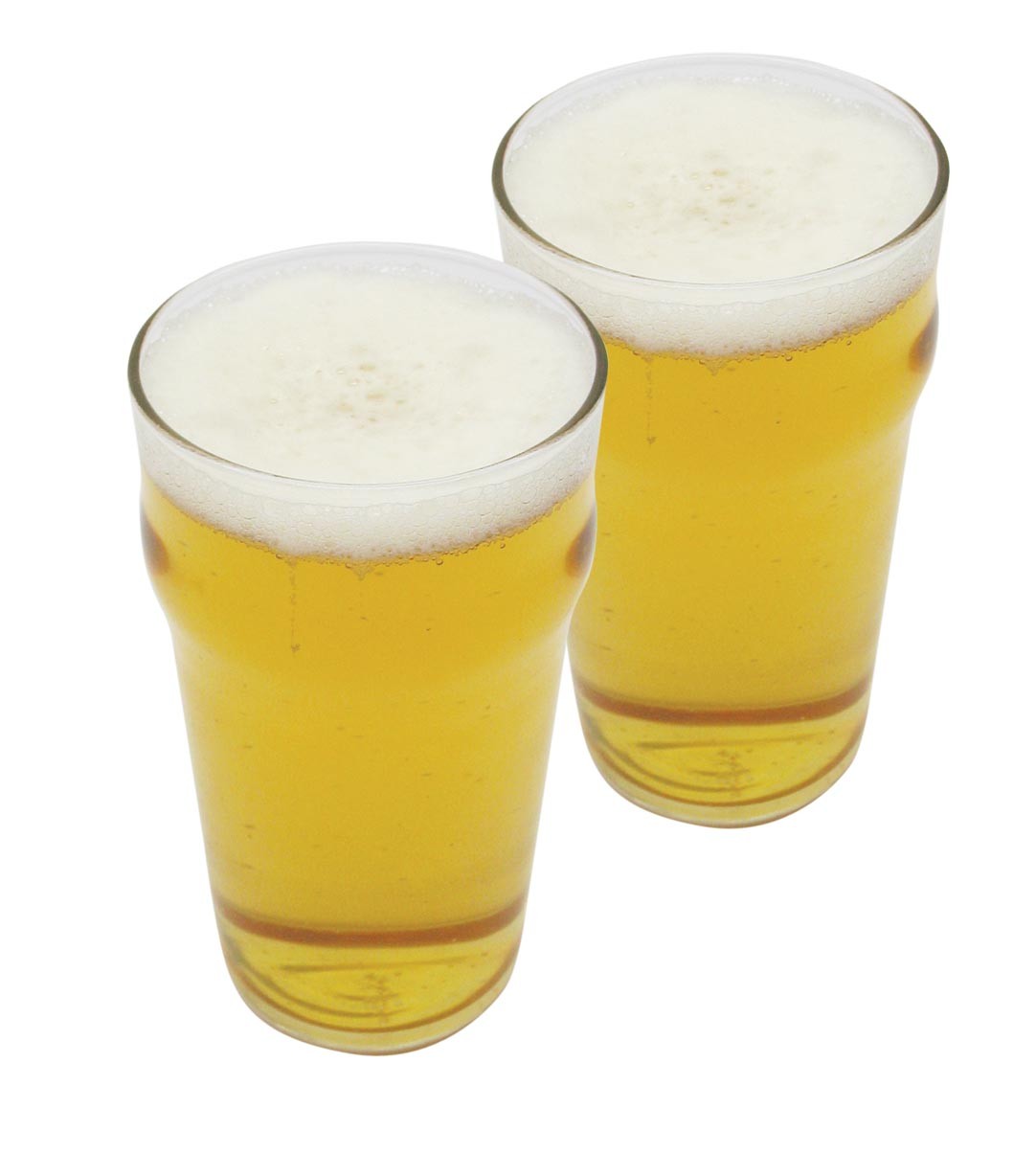 box is full!” He explains, “The box represents time in our life. The grapefruits are like essential tasks related to making livelihood. Most of the time in our life is spent in activities related to making livelihood. The marbles are like fun things, such as spending time with family and friends. T he sand represents several trivial things, which we have to do that collectively take up a significant amount of time. Managing these things better will give us more time to do what we really want to do”. T hen, one curious student asks,” Professor, what about the two cans of beer? What do they represent?” The Professor says, “No matter how full your life is, there is always room for a couple of beers!”
box is full!” He explains, “The box represents time in our life. The grapefruits are like essential tasks related to making livelihood. Most of the time in our life is spent in activities related to making livelihood. The marbles are like fun things, such as spending time with family and friends. T he sand represents several trivial things, which we have to do that collectively take up a significant amount of time. Managing these things better will give us more time to do what we really want to do”. T hen, one curious student asks,” Professor, what about the two cans of beer? What do they represent?” The Professor says, “No matter how full your life is, there is always room for a couple of beers!”
[modal_contact link_text=”Contact us”] now if you would like to receive one of our popular mass flow / funnel flow demonstration models, or if you have a bulk material handling question.



